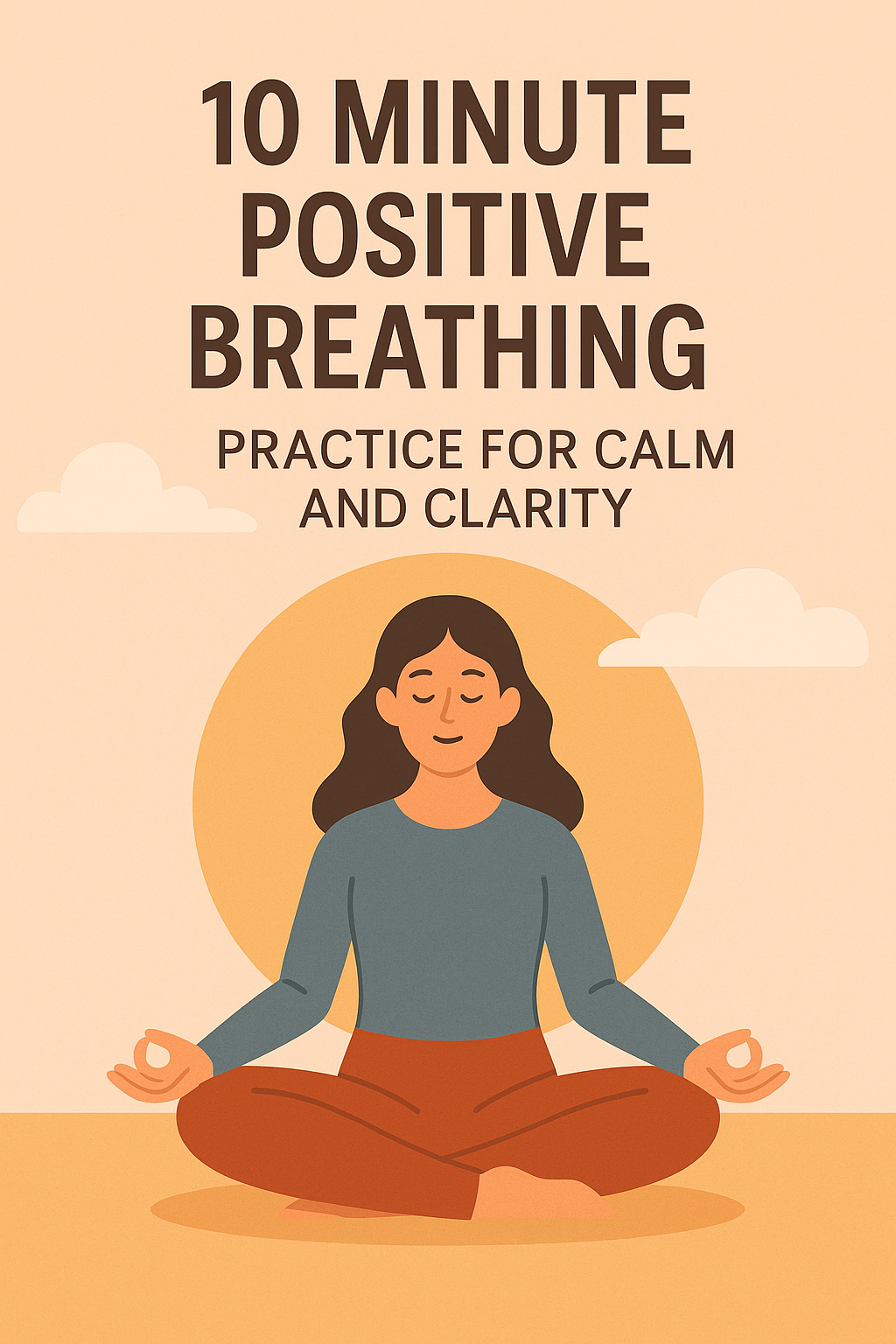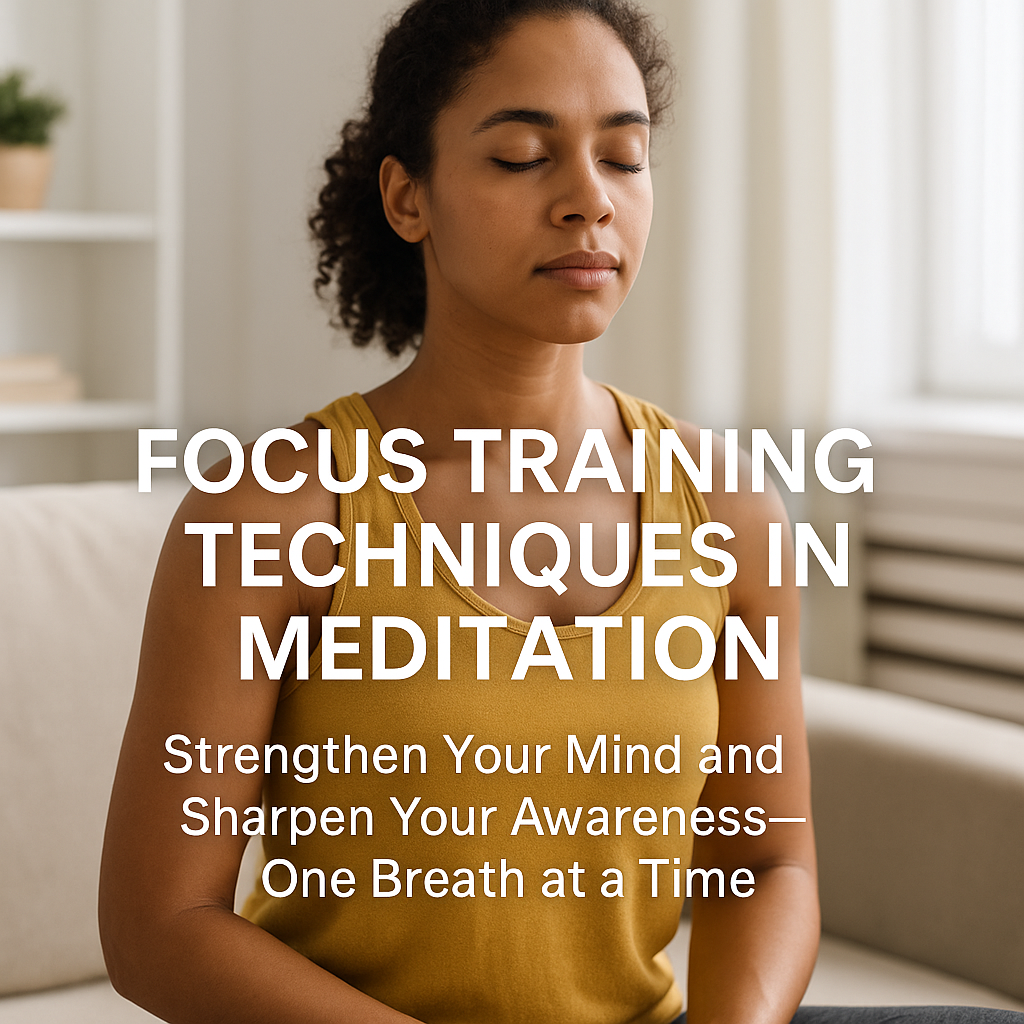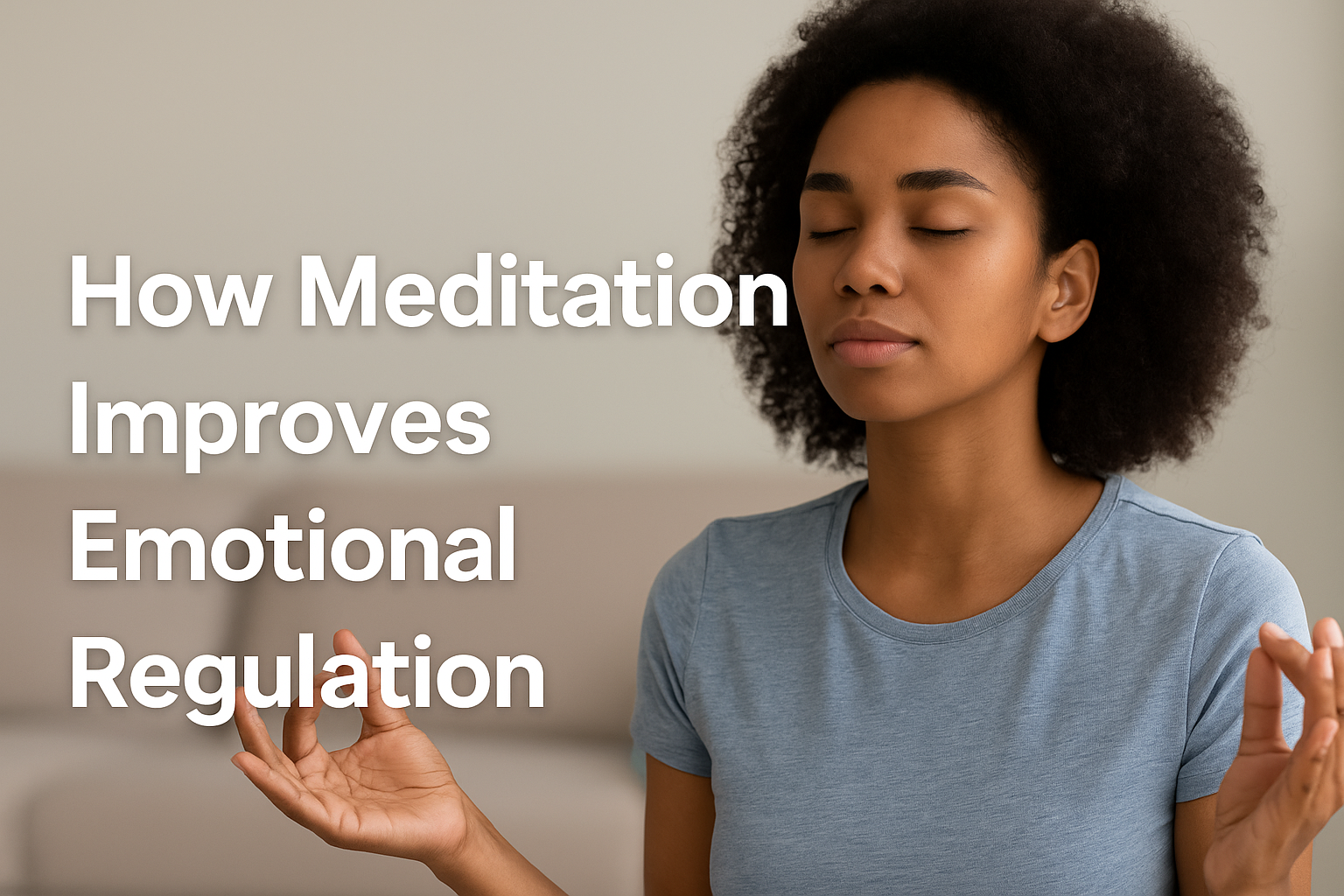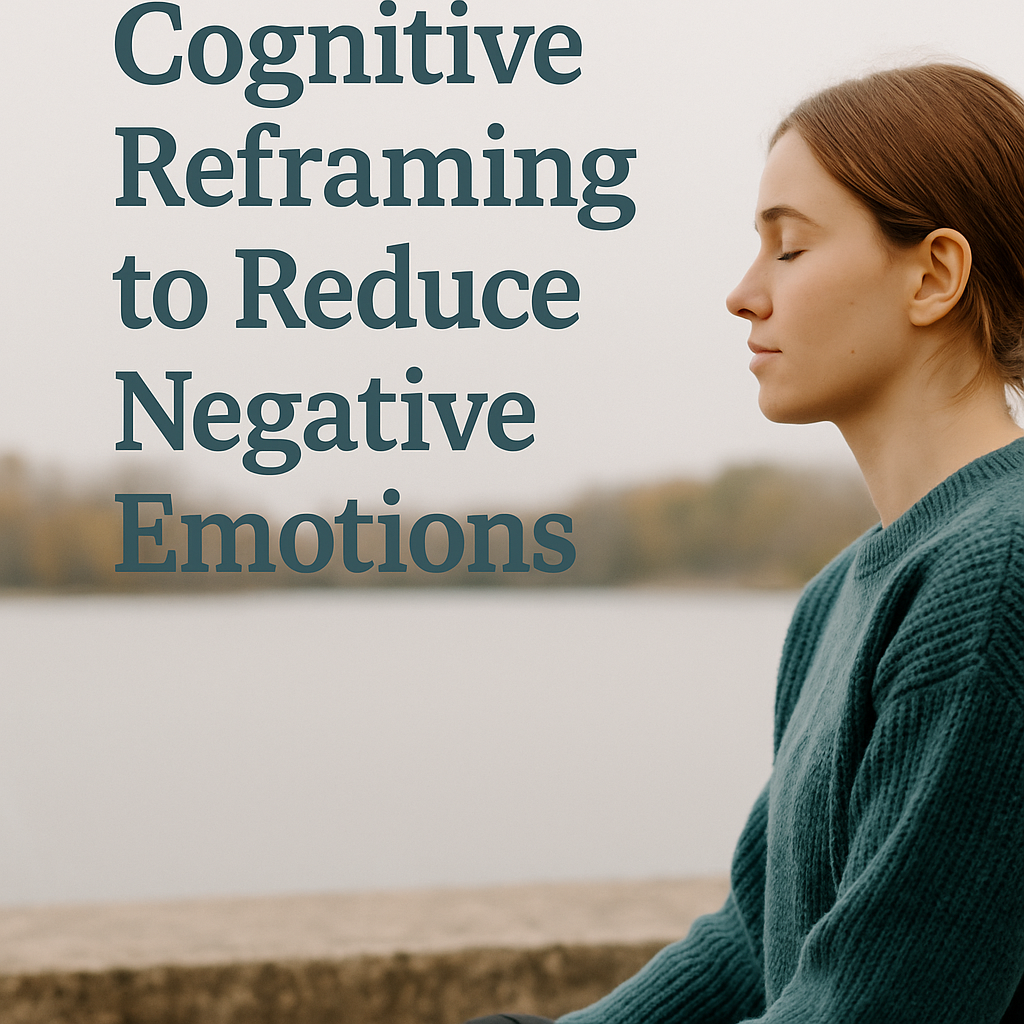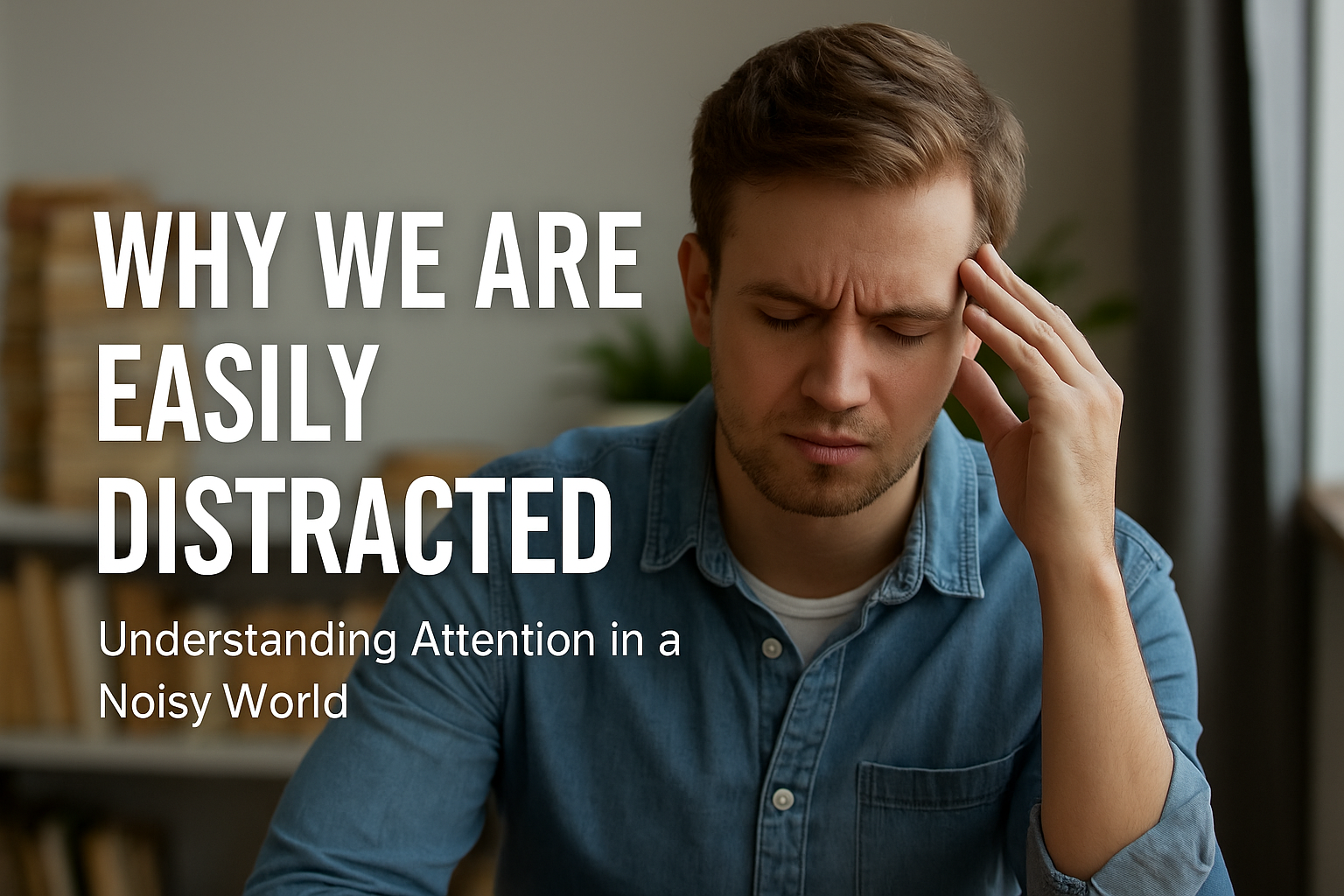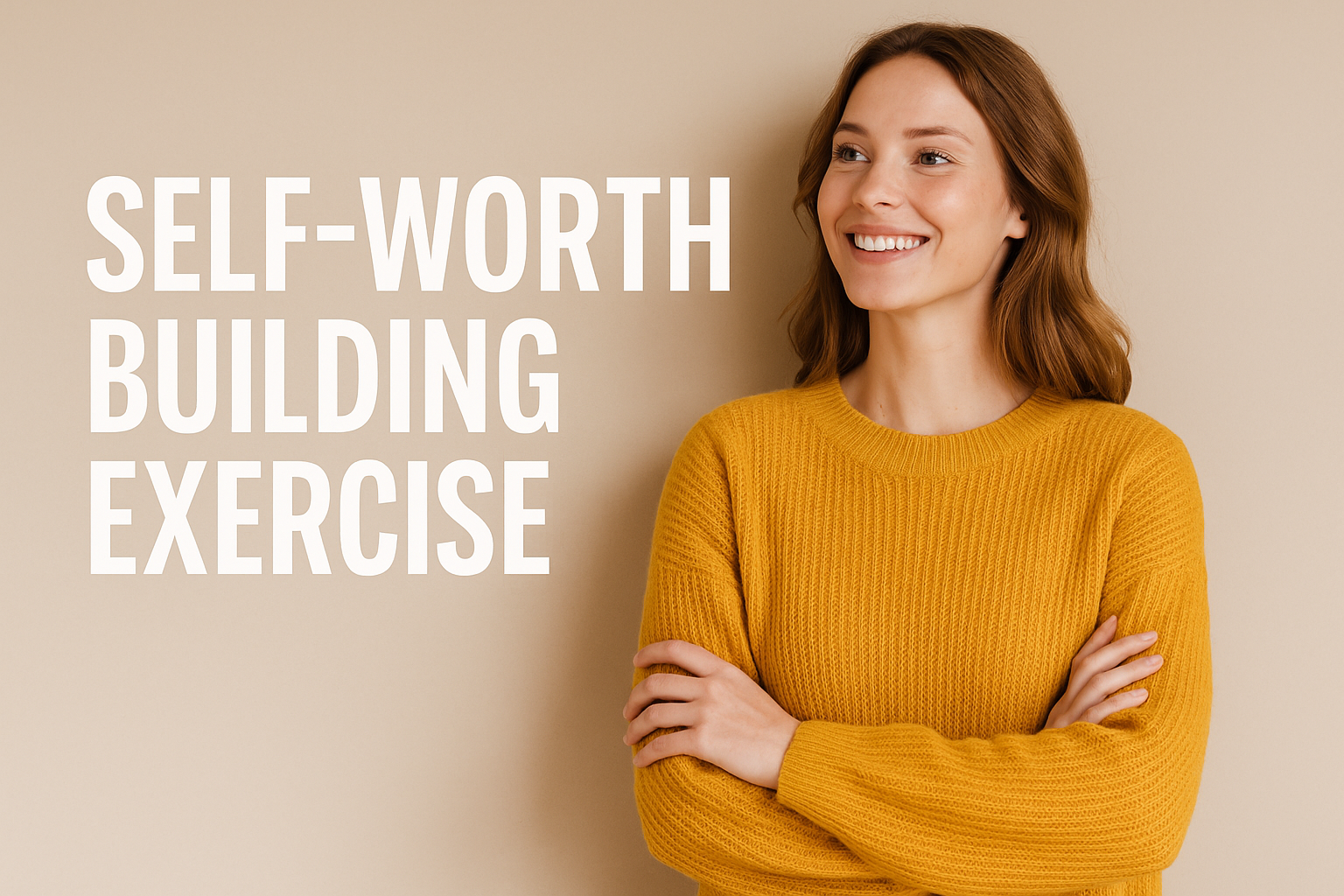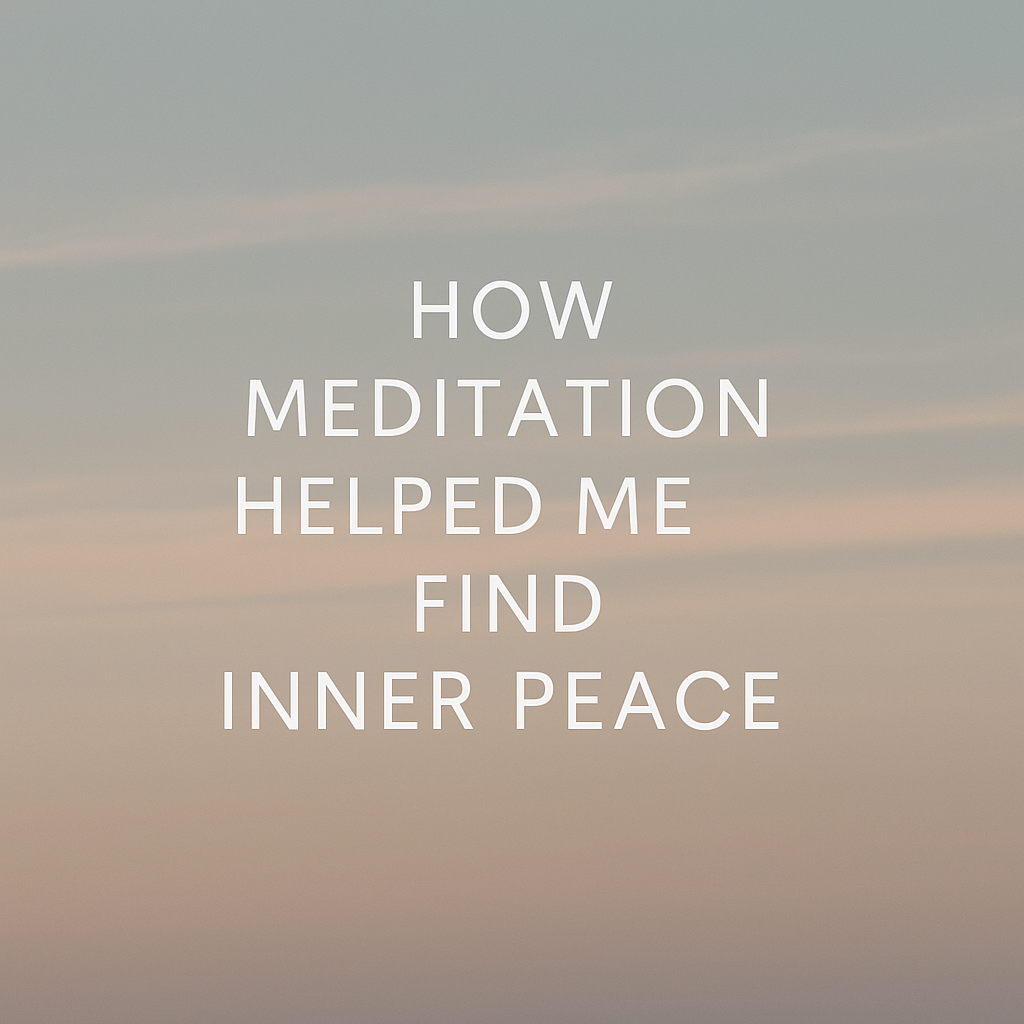5 Ways to Practice Gratitude in Everyday Life
November 20, 2025
5 Ways to Practice Gratitude in Everyday Life Discover small shifts that can transform your mood, mindset, and relationships Feeling Stuck in Stress or Negativity? ...
Meditation Practices
Focus & Productivity
5 Ways to Practice Gratitude in Everyday Life
November 20, 2025
5 Ways to Practice Gratitude in Everyday Life Discover small shifts that can transform your mood, mindset, and relationships Feeling Stuck in Stress or Negativity? ...
10 Minute Positive Breathing Practice for Calm and Clarity
October 24, 2025
10 Minute Positive Breathing: A Mindful Practice to Reset Your Day Simple, Nourishing, and Accessible — Wherever You Are Feeling Mentally Scattered or Emotionally Drained? ...
Self-Worth Building Exercise: How to Strengthen Confidence from Within
October 20, 2025
Self-Worth Building Exercise: Practices to Strengthen Your Confidence from Within Learn how to reconnect with your value — and build lasting self-esteem through intentional habits ...
Psychology Insights
How Meditation Improves Emotional Regulation and Resilience
September 29, 2025
How Meditation Improves Emotional Regulation Discover how mindfulness can help you feel calmer, clearer, and more in control Do You Feel Hijacked by Your Emotions? ...
How to Use Cognitive Reframing to Reduce Negative Emotions
June 11, 2025
How to Use Cognitive Reframing to Reduce Negative Emotions Change your perspective—change your emotional experience Do Your Thoughts Often Spiral Into Negativity? We’ve all been ...
Why We Are Easily Distracted: The Science of Attention in Modern Life
May 29, 2025
Why We Are Easily Distracted: Understanding Attention in a Noisy World How modern life hijacks our focus — and what we can do about it ...

